Hurricanes, climate havens, and tethered bottle caps
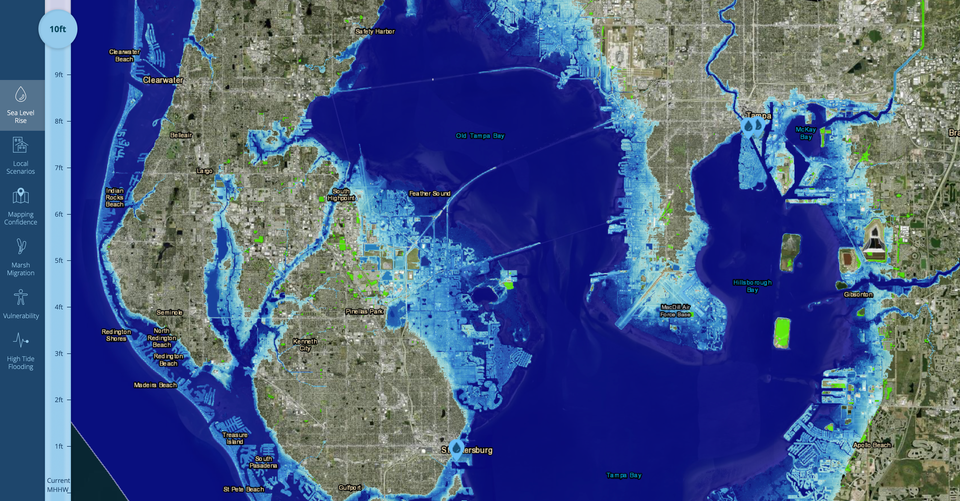
The EPA, PFAS, and lead pipes
On the PFA front, the EPA’s drinking water limits for PFAS are under threat – and that’s nothing new. As is often the case, the push-back from industry on cleaning up PFAs may ultimately be about funding. Industry voices argue that polluters should pay for PFA remediation instead of being saddled with the task themselves.
It's been a decade since the lead pipe crisis in Flint, Michigan began and now water utilities around the US will have a decade to get rid of all lead pipes: In final rule, EPA requires removal of all US lead pipes in a decade.
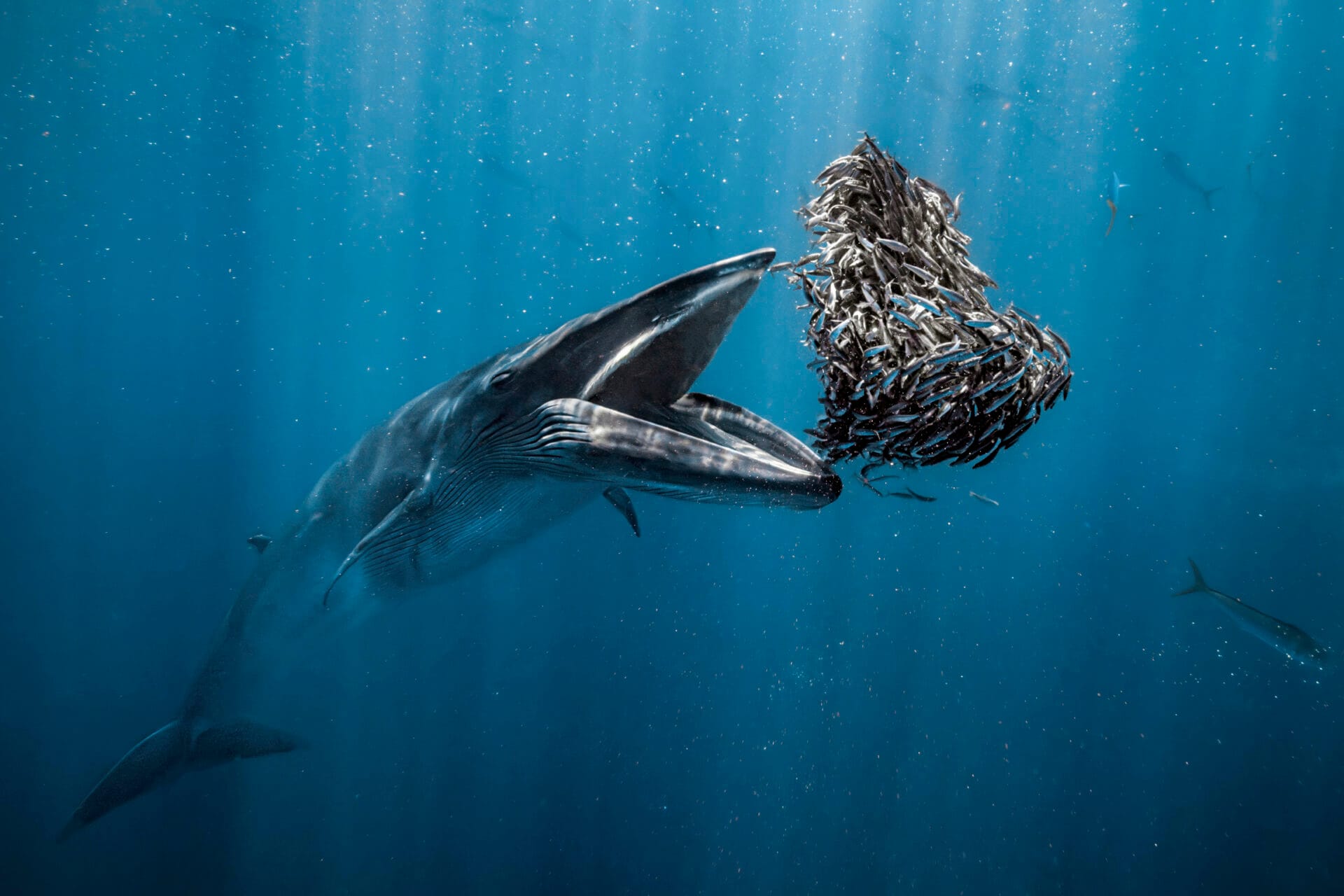
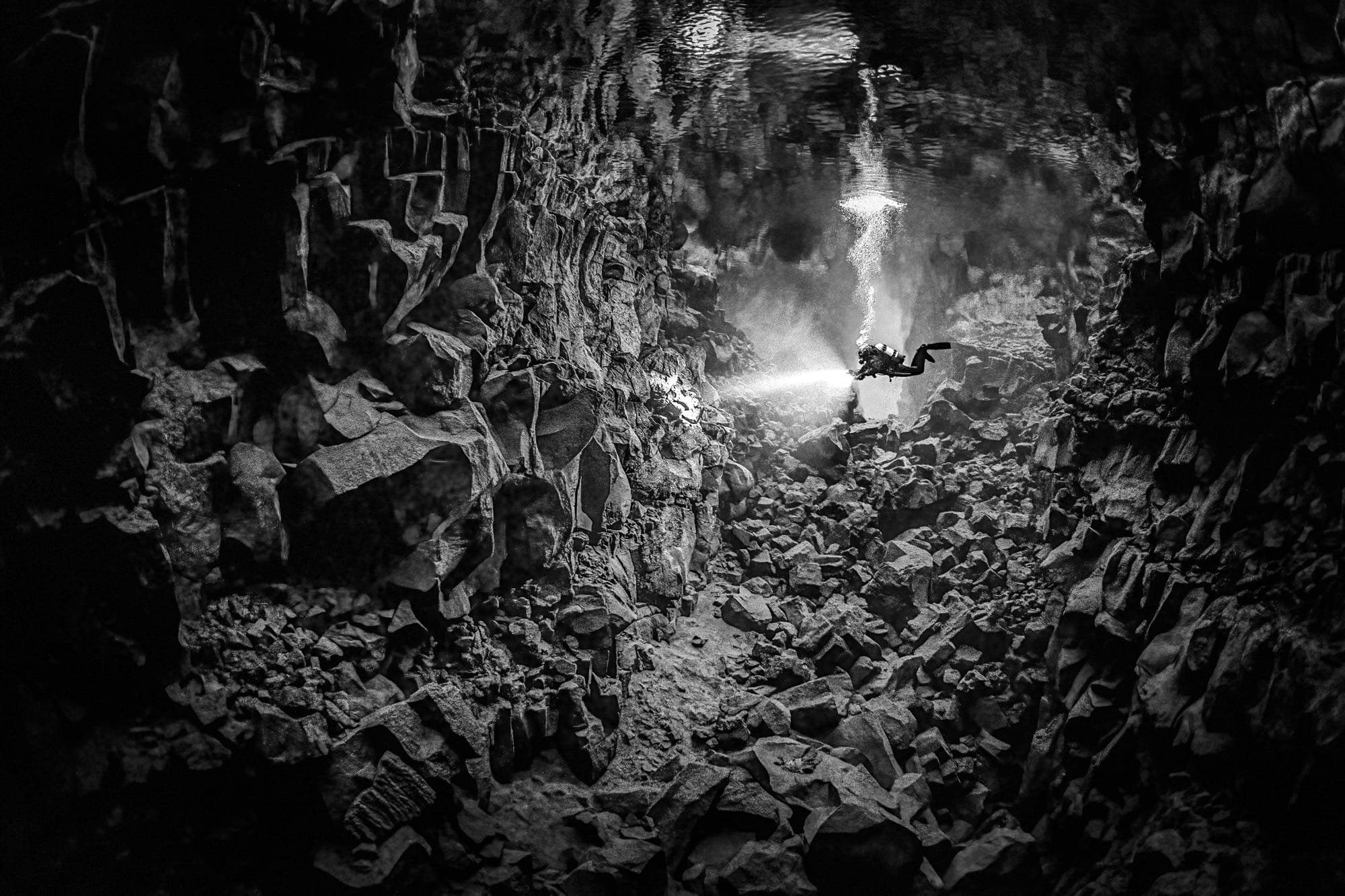

Deep photos: One Whale of a Meal Wins The 2024 Ocean Photographer of the Year Competition
Lessons in marketing: "climate havens"
Hurricane Helene and Milton brought a one-two punch to the Deep South of the US, with two once-in-a-lifetime storms in two weeks. Everyone is starting to wonder if it's time to revise 1-in-1,000-year-storm pronouncements, but perhaps the biggest takeaway from these devastating weather events is that climate-driven storms won't just affect people who live next to the coast. Asheville, North Carolina – which resorted to mule trains to deliver disaster relief supplies last week – is not on the coast but felt some of the strongest effects of Helene.
One thing stands out about Asheville, in particular, is that it has sometimes been promoted as a "climate haven" - a good place where people and businesses can relocate to escape the dangers of climate change. This led to a spate of stories about so-called "climate havens": Before the floods, Asheville was called a ‘climate haven.’ Is anywhere safe?
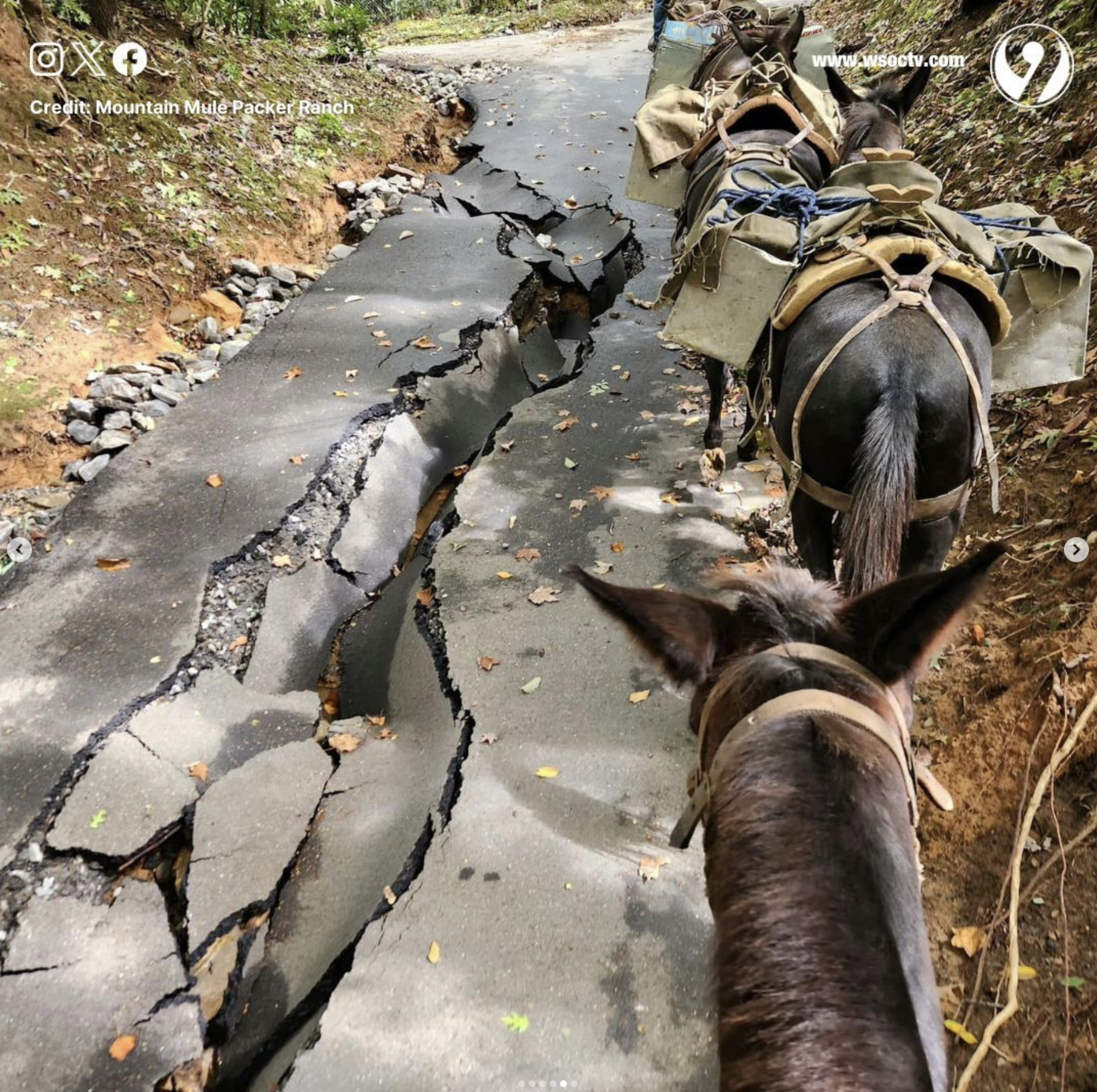
Or, as the NY Times put it: Climate Havens’ Don’t Exist. Scientific American drives a stake into the idea with Hurricane Helene Signals the End of the ‘Climate Haven’. The BBC, ever more circumspect, asks the question a bit more politely by examining the attempt by Buffalo (New York) to lure extremely forward-thinking entrepreneurs: US cities are advertising themselves as 'climate havens'. But can they actually protect residents from extreme weather? What did Buffalo learn from their climate haven campaigning? As a professor of geography noted about Buffalo, "We're not an oasis. We suck less." As an ad campaign tagline, it doesn't exactly roll off the tongue.
All of this amps up the anxiety for homeowners, who fear they will be left both literally and figuratively underwater with hefty mortgage and insurance payments (another systemic climate-change problem). The alternative, of course, is to sell, which is what many people are hoping to do: In a Florida Town Ravaged by Storms, Homeowners All Want to Sell. All of this has encouraged a real estate listing giant to make an unprecedented move that surely everyone else will follow: Zillow will now show climate risks for property listings in the US.
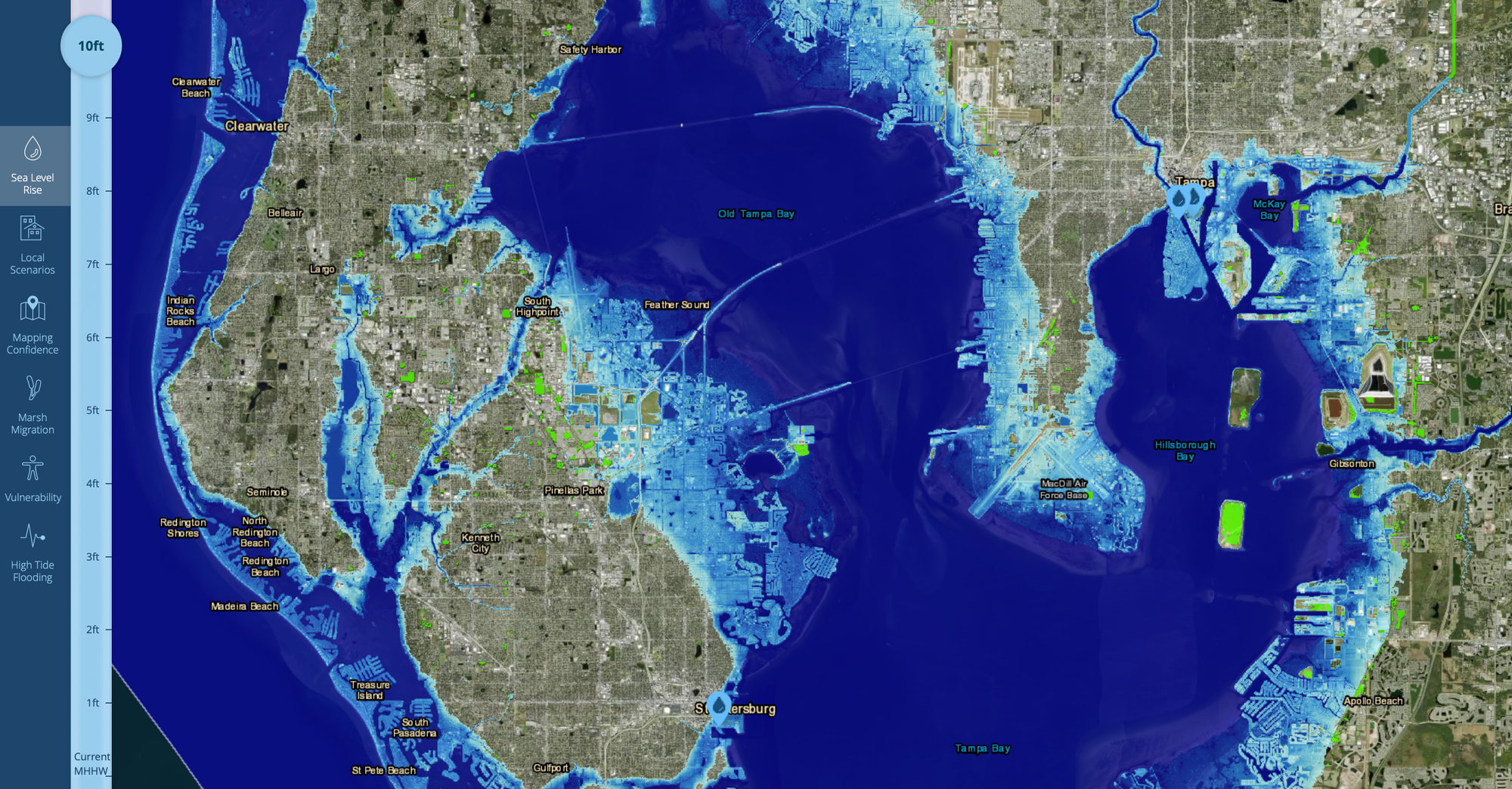
Flood curious? You can enter your own address into NOAA's Sea Level Rise Viewer.
Hat tip to NOAA's Sea Level Rise Viewer, which I sent to my friends and family in both Tampa and St. Petersburg to help reinforce the obvious dangers of trying to ride out the storm. Not that they would try, of course. One of them is a hydrologist.
Finding other sources of water
New York City gets its water from a Delaware aqueduct that is 85 miles long, which might be the longest tunnel in the world. However, it has sprung a leak and needs fixing, which means New Yorkers will need to get used to a new, temporary supply of water. New Yorkers are, naturally, very proud of their city, but Do New Yorkers really have ‘the champagne of tap waters’? Will their sophisticated palates notice the difference? What if they like the new stuff better?
This water replacement will only be temporary for New Yorkers, but an Illinois city plans to source its future drinking water from Lake Michigan - in essence buying it from Chicago. They already know that their aquifer will run out of water and they found a loophole of sorts – an exemption in the Great Lakes Compact – that allows them to access Great Lakes water.
The good water news
- River rewilding works: How the Netherlands transformed its rivers – and what the UK could learn: “It’s not only a nice idea, but it really works. It saves us hundreds of millions of euros."
- From the Ministry of Silly Walks: “Walking a pipe that doesn’t provide any water anymore may sound like a very eccentric thing to do. But then, we Bristolians like to think of ourselves as very eccentric people." This Annual Pipe Walk Maps a Medieval Tradition in Bristol.
- Centennial swim: Salmon swim freely in the Klamath River for 1st time in a century after dams removed
- The verdict is in: Amsterdam’s bubble barrier to collect canal plastic is a success. They've decided to install five more of them in locations around the city. (I will be watching from my bicycle.)
- Solar + wastewater: Wouldn't it be nice if your wastewater treatment plant could draw energy from solar panels placed on top of a retention pond and cut energy costs for your treatment plant by 80%, like Signal Hill in Utah does? How Floating Solar Is Carving Out Space In The Renewable Energy Landscape.
The bad water news
- Was it ecocide? Do you remember the UN's World Water Day theme for 2024? It was (and still is) Water for Peace, with a special emphasis on the dry-sounding "establishment of more transboundary agreements between nations". We're seeing how important that message is in stories like this one about a river that we hope wasn't deliberately poisoned during wartime: ‘Everything is dead’: Ukraine rushes to stem ecocide after river poisoning.
- A call for restraint: The deep sea is a potential gold mine – so long as we don’t mine it.
- Lowered expectations: A new poll says over one-third of Generation Z worry they’ll need to move due to climate change.
The unseen wave felt round the world
"Initially classified as a “USO” – an Unidentified Seismic Object – the source of the signal was eventually traced back to a massive landslide in Greenland’s remote Dickson Fjord. A staggering volume of rock and ice, enough to fill 10,000 Olympic-sized swimming pools, plunged into the fjord, triggering a 200-metre-high mega-tsunami and a phenomenon known as a seiche: a wave in the icy fjord that continued to slosh back and forth, some 10,000 times over nine days." The skyscraper-sized tsunami that vibrated through the entire planet and no one saw.
If you're fond of sand dunes and salty air
Is climate change an opportunity to get a too-good-to-be-true price on beachside property? For one man, yes: I bought a beach house in Cape Cod for $395K — it’s about to fall into the ocean but I’m living my dream while I can. “Life’s too short. Let’s just see what happens. It’s going to eventually fall into the ocean, and it may or may not be in my lifetime."
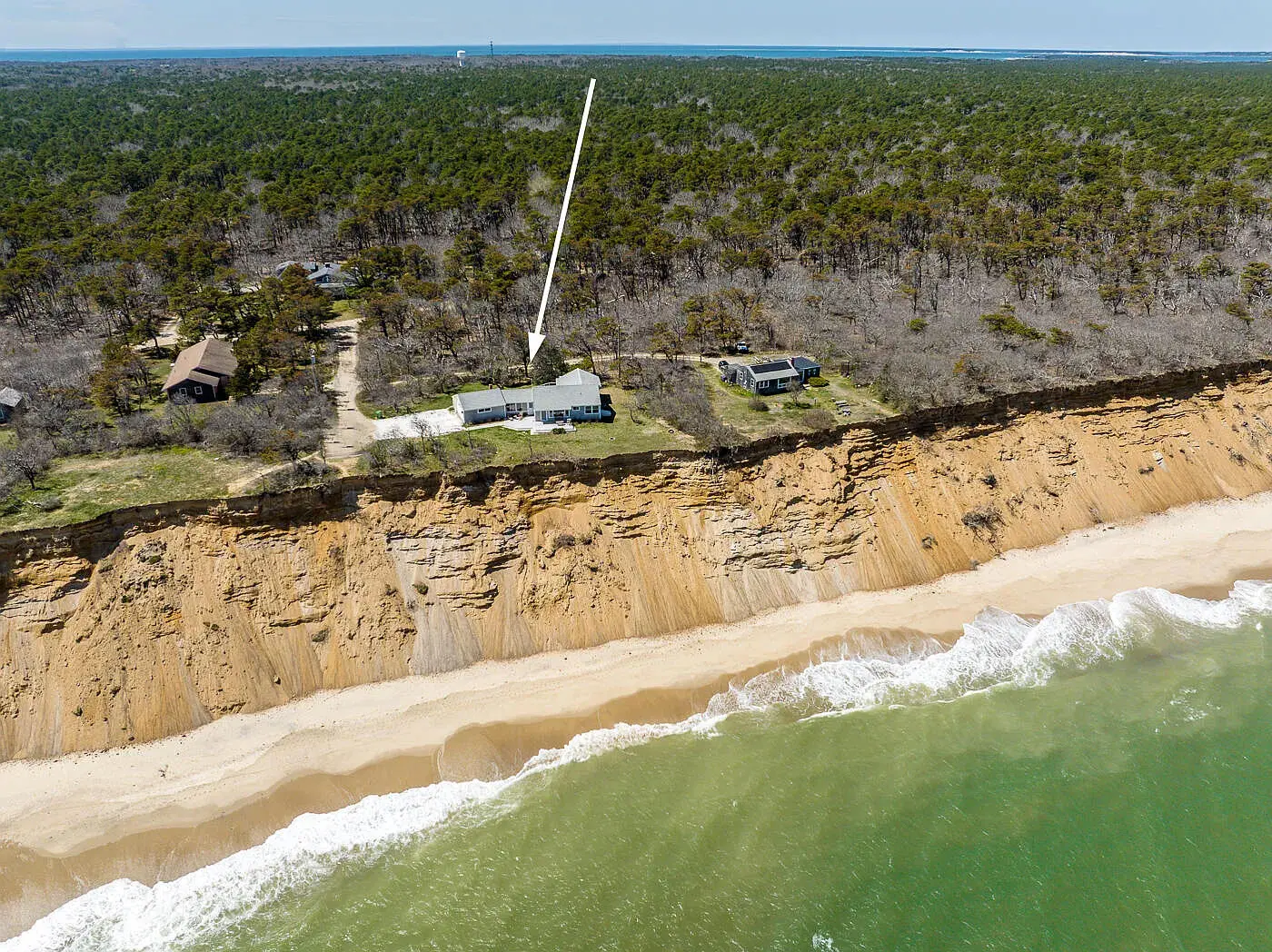
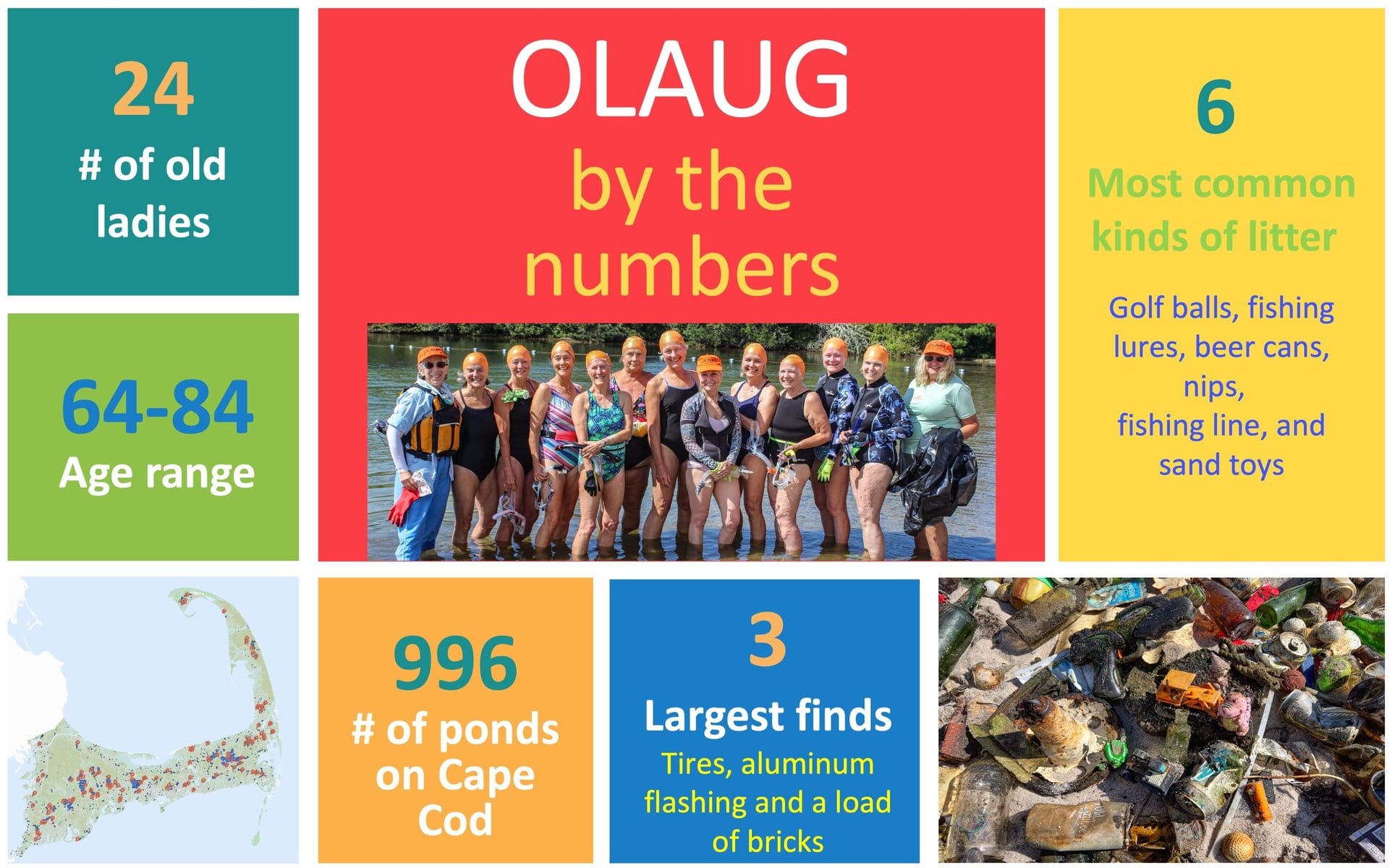
The home in question; the old ladies in question.
Or... you could take this opportunity to give back like the Old Ladies Against Underwater Garbage (OLAUG), who have been cleaning up Cape Cod waterways for a long time now.
Keeping a lid on plastic pollution
If you live in the EU, you almost certainly noticed a small change this summer when you went to pour a drink from a plastic bottle: Your bottle cap is still stuck to the bottle. Why plastic bottles now have their caps attached gives you all the right reasons for this change: "The design of a product affects how readily it becomes litter, and this is especially true for bottle caps. Tethered caps are not easily removed from plastic bottles – they are difficult to throw away even if someone wanted to... Before, you had to try not to litter. Now, you have to try to litter."
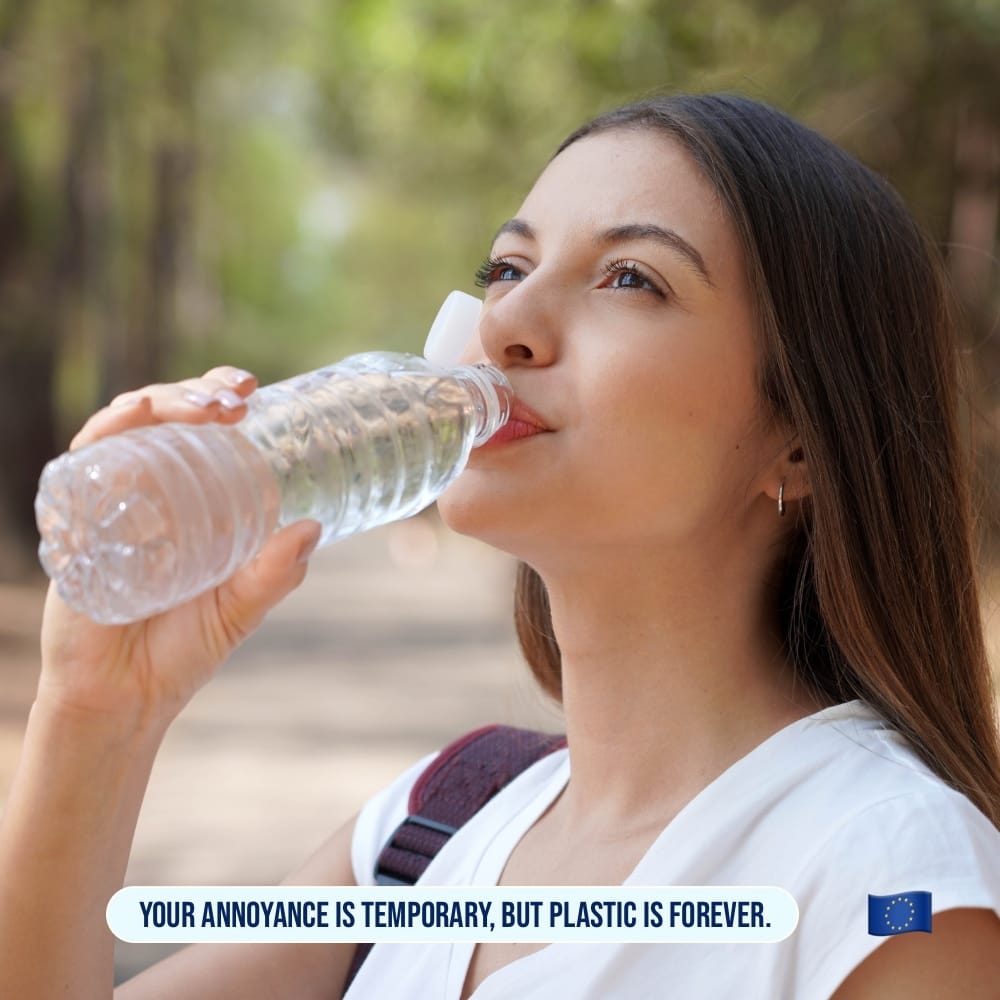
But alas, visiting tourists are having a hard time getting used to the tethered-cap bottles, according to the Wall Street Journal: “I open a water bottle, and I was like, ‘Oh my gosh, why is this touching my face?" Read more harrowing stories of people adapting their day-to-day habits (including ticklish mustaches) in The Plastic Bottle Cap Gets a Makeover: ‘You Have to Basically Relearn How to Drink.
The pending fluoride debate
The CDC considers adding fluoride to drinking water one of the 10 great public health achievements of the 20th century. As someone who lived in many different parts of America (some with fluoride, some without), I can report that this is a very common attitude, one that most Americans would trumpet as a big win for civilization. But what about the other point of view?
Growing up in America, I was always candidly told that the people who opposed mandatory fluoridation of water were probably conspiracy theorists who didn't believe in science, so it was a surprise to move to Europe and learn that the rest of the world doesn't have the same deep-seated beliefs about adding fluoride to drinking water. In fact, the US is a leading outlier in this regard. More than 200 million Americans, or about 75% of the population, have fluoride added to their drinking water, which is more people than in the rest of the world combined.
But that could change. The EPA just took an important first step: End of fluoridation of US water could be in sight after federal court ruling. However, it's doubtful that this change will happen swiftly, if it happens at all, because a lot of important voices, including the CDC (as well as 4 out of 5 dentists, presumably) remain firmly convinced that water fluoridation is essential.
Would removing this burden from water utilities be a cost savings? Has anyone asked that question, or is it more complicated than that? How will municipalities respond? A few water utilities have temporarily suspended fluoride treatment, but with an emphasis on temporary. There hasn't been a lot of public debate about fluoride in the US, but be on the lookout for more chatter because this issue is just beginning to heat up. What does your uncle in Topeka think? Dare you ask him at Thanksgiving dinner?
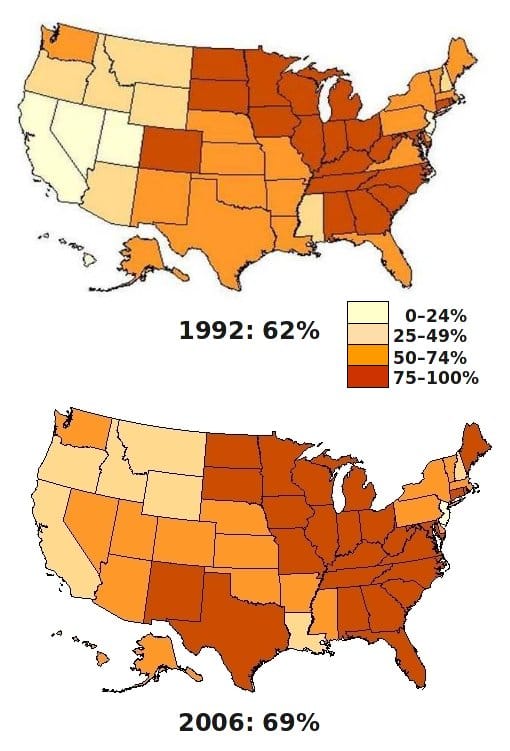
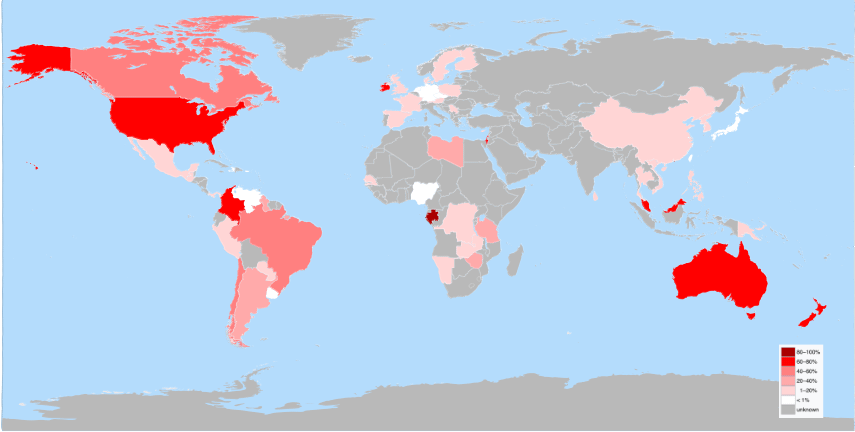
U.S. residents who receive community water fluoridation; countries with fluoridated water (some natural), by percentage of residents.
Curious to learn whether or not your country adds fluoride to your water? Reliable stats around this topic are tough to find. Many of them are outdated, but this Wikipedia entry will answer most of your basic questions. Currently, there are 25 countries that put fluoride in their tap water: United States, Brazil, Malaysia, Australia, Canada, Chile, Hong Kong, United Kingdom, Israel, Singapore, Spain, Vietnam, Ireland, Argentina, South Korea, New Zealand, Guatemala, Panama, Peru, Libya, Brunei, Serbia, Fiji, Papua New Guinea, and Guyana.
If you're in the US, here is A Map Comparing Water Fluoridation Levels from 1992 to 2006.
The cyberattacks will continue until security improves
Unfortunately, hackers continue to attack water utilities in the US, which is keeping the FBI very busy:
- ICS/OT Kansas Water Facility Switches to Manual Operations Following Cyberattack
- Hackers target Arkansas City water treatment plant, prompting federal investigation
- American Water cyberattack affects thousands in Iowa, raises critical infrastructure fears
We are, of course, keenly interested in seeing water utilities become more cybersecure. We've written about it many times in articles like Cybersecurity toolkit for water utilities to adopt CISA, FBI and EPA guidance and in our Q&A longread We asked a cybersecurity expert: Can the cloud help water utilities?
How cities run dry
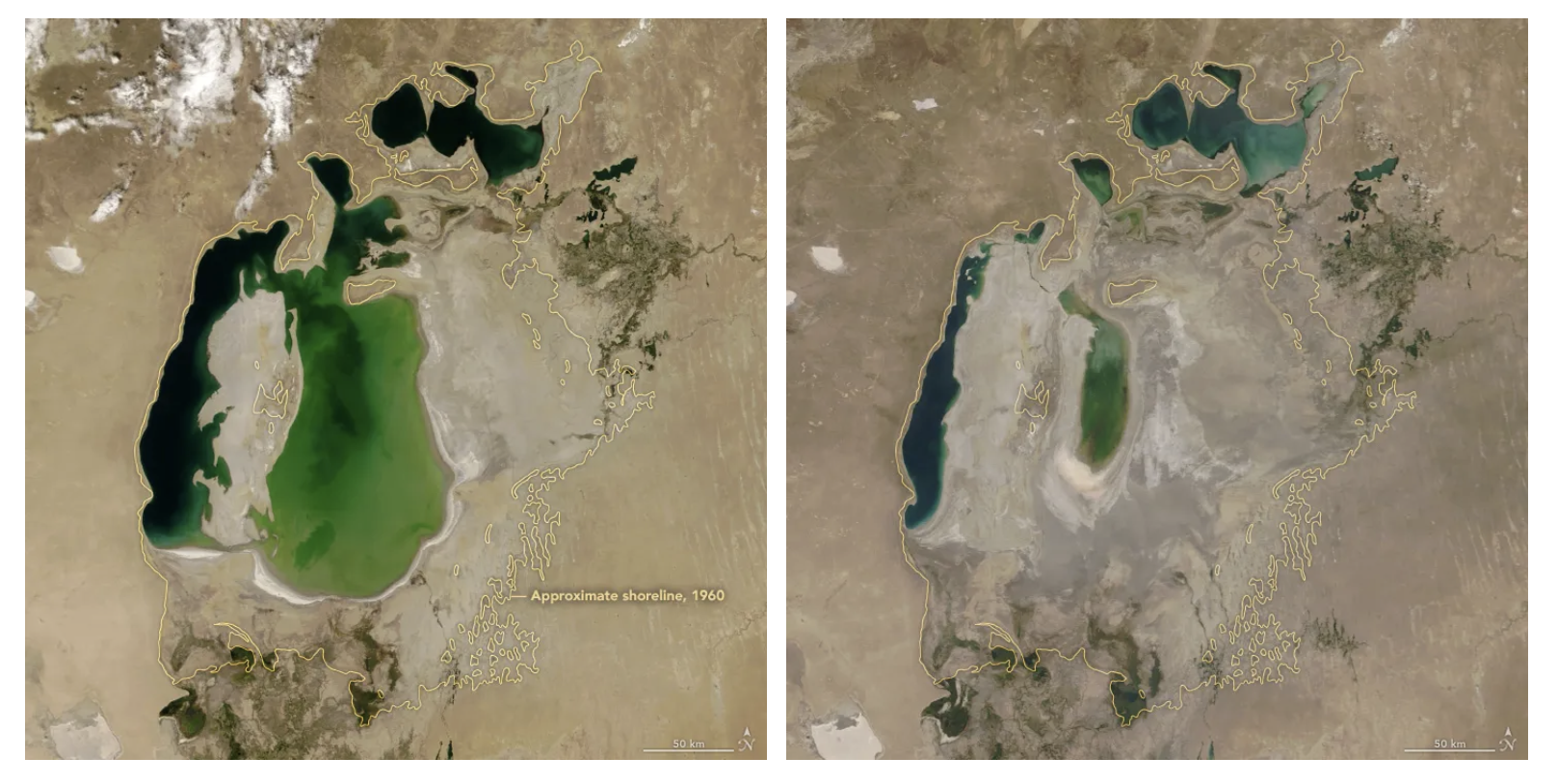
The Aral Sea was once – within living memory – the fourth-largest lake in the world. Now, it's practically gone. It's hard to keep up with the "aquifers running dry" stories because there are so many of them, but Yale Climate Connections has a good water-related explainer that summarizes the issue well. In How cities run dry they list cities around the world that may be headed towards "Day Zero" scenarios, where no water is left for citizens.
On the One Water Blog...
That's it for the link drops. Now, let's talk blog content. We have a new customer story about CCTV, a big schedule for Autodesk University next week, and some important news about our product roadmap.
What to do with all that CCTV footage
Our customer Todd Plank from GHD has a 30-year history of using all manner of GIS systems to track underground assets in his native Pennsylvania and for clients around the world. “I went to college to be a teacher and ended up taking a GIS class back in the early 90s, when GIS technology was just starting to expand,” he told us. “I was good at it. I could see the patterns that came out of GIS, and particularly its application in analytics. So I just rode that wave.”
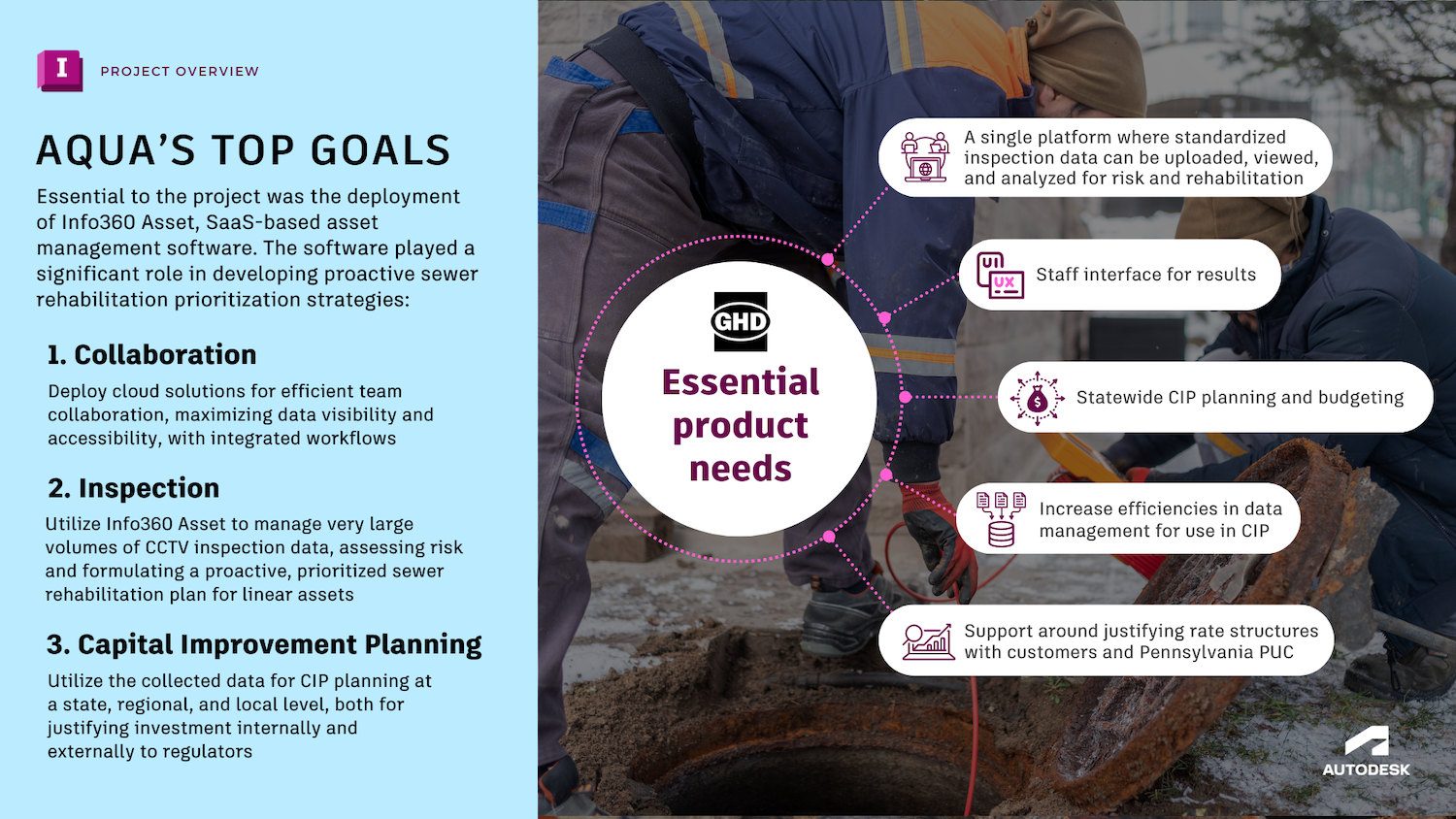
That wave continued to roll on, with GIS proliferating and eventually becoming the backbone of mapping for countless web technologies. Thirty years later, GIS is ubiquitous and essential for running a water utility – and Todd Plank knows everything about it, in particular how to use GIS in conjunction with CCTV. He sat down with us to talk about How GHD created a CCTV + GIS solution for Aqua America with Autodesk and Esri tools.
Are 🫵 going to AU?
Autodesk University is next week and Casey Chaisson has everything water-related in her comprehensive post AU2024: your guide to all things water in San Diego this year. She has "What to add to your schedule" recommendations for the water leadership track, the learning track, and of course the events where we'll be welcoming customers.
Will you be there? If so, you absolutely have to stop by and say hello – here are a few recommendations to add to your schedule where we'll be representing. 👇
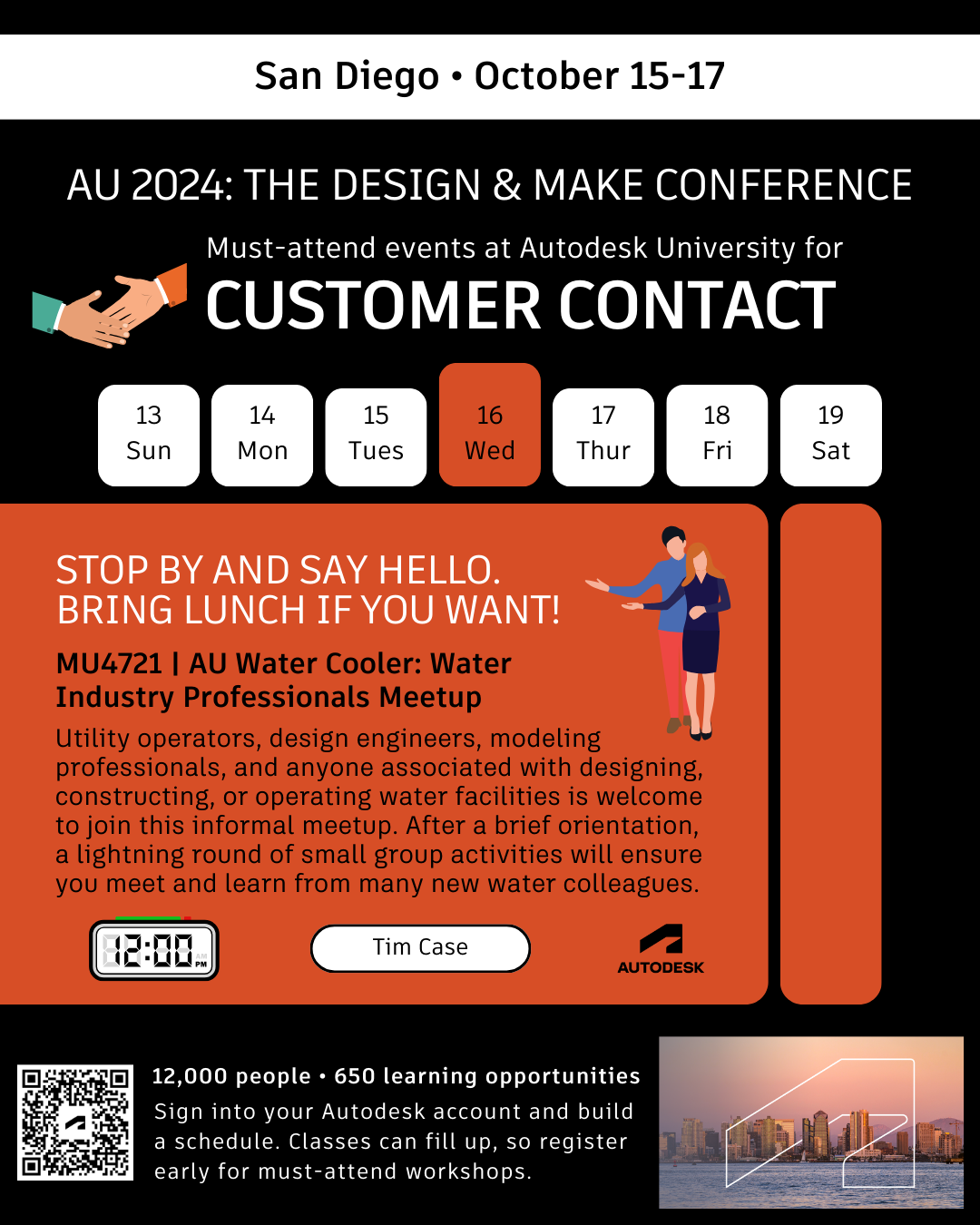
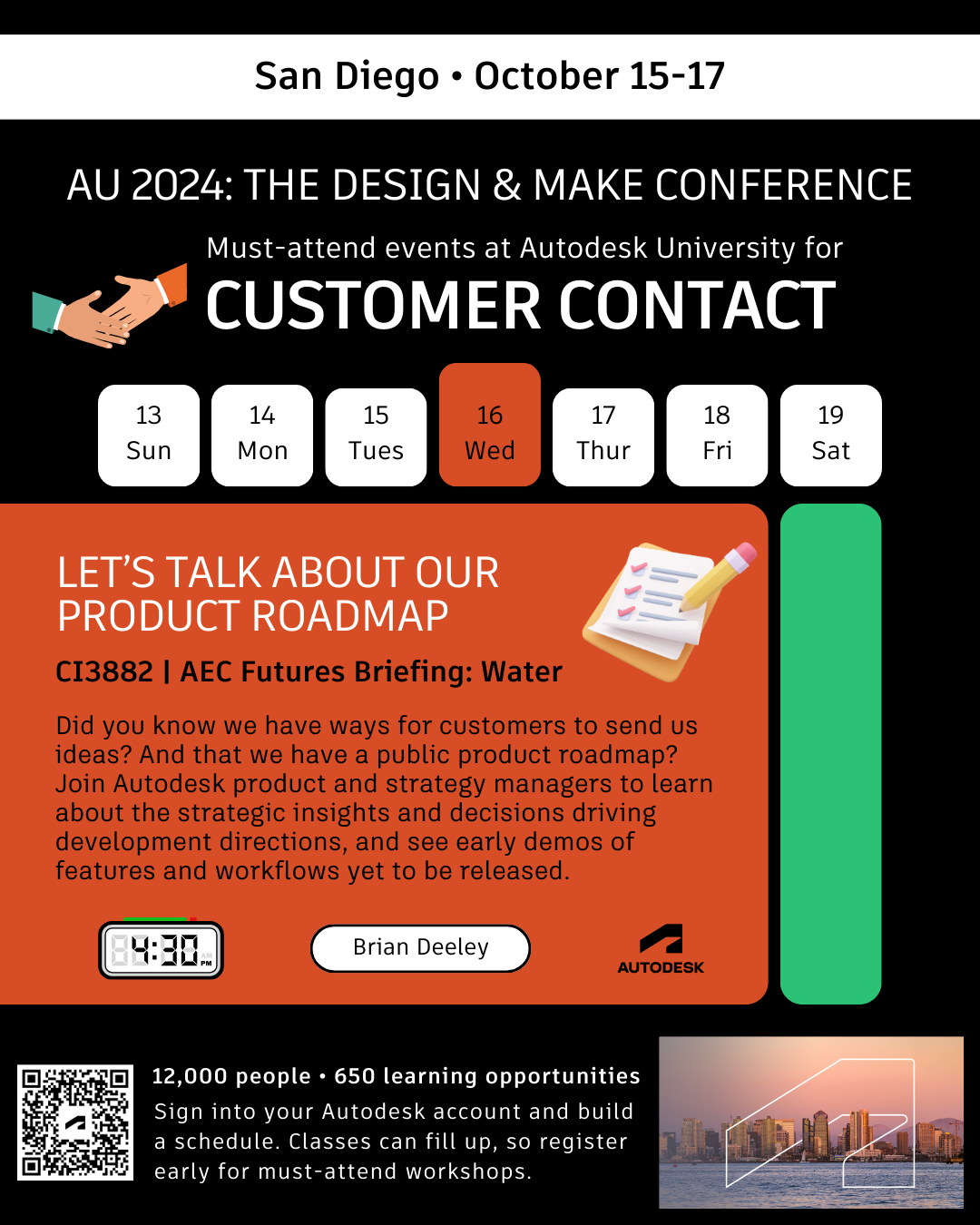

Four product families available via subscription
Have you heard the big news? We’re moving into the future with more software available as Autodesk subscriptions. If you use one of the applications listed below, you may be happy to learn that you have a path forward - these are all now available as subscriptions and are represented on our public Product Roadmap:
- XPSWMM / XPSTORM
- InfoAsset Manager / InfoAsset Mobile & InfoAsset Online
- ICMLive
- IWLive Pro
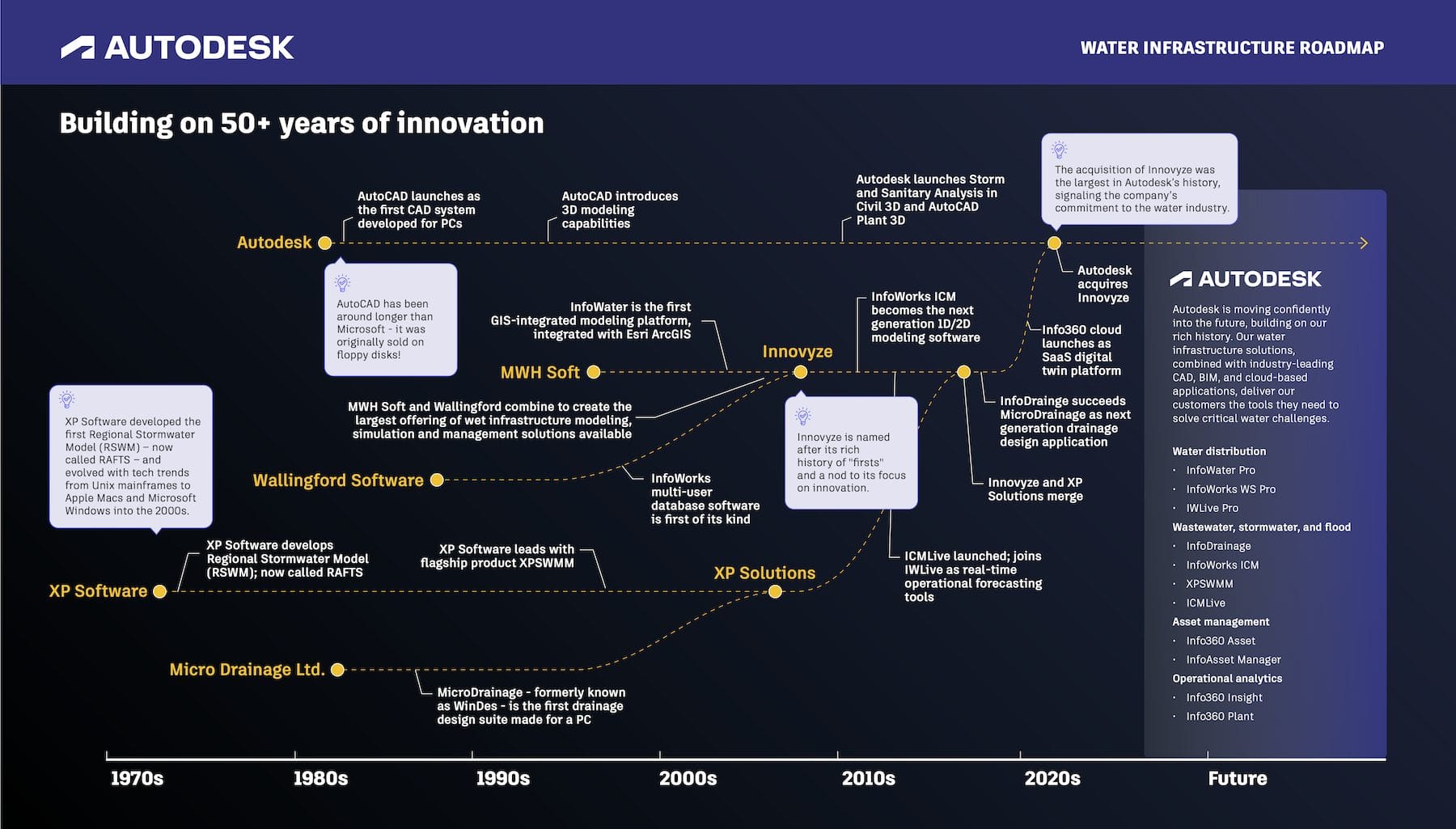
Product updates and miscellany
- Do you prefer Esri basemaps? Now you can choose. Info360 Asset update: Esri basemaps and risk and rehab analysis improvements
- When running RPA reports, now you’ll now find a button, “Export Info360”. Here's what it does: Return Period Analysis (RPA) grid report and buildings updates in InfoWorks ICM 2025.3
- Skill up with InfoWater Pro’s free training courses and advanced learning modules

Doing our best to make every link matter.
